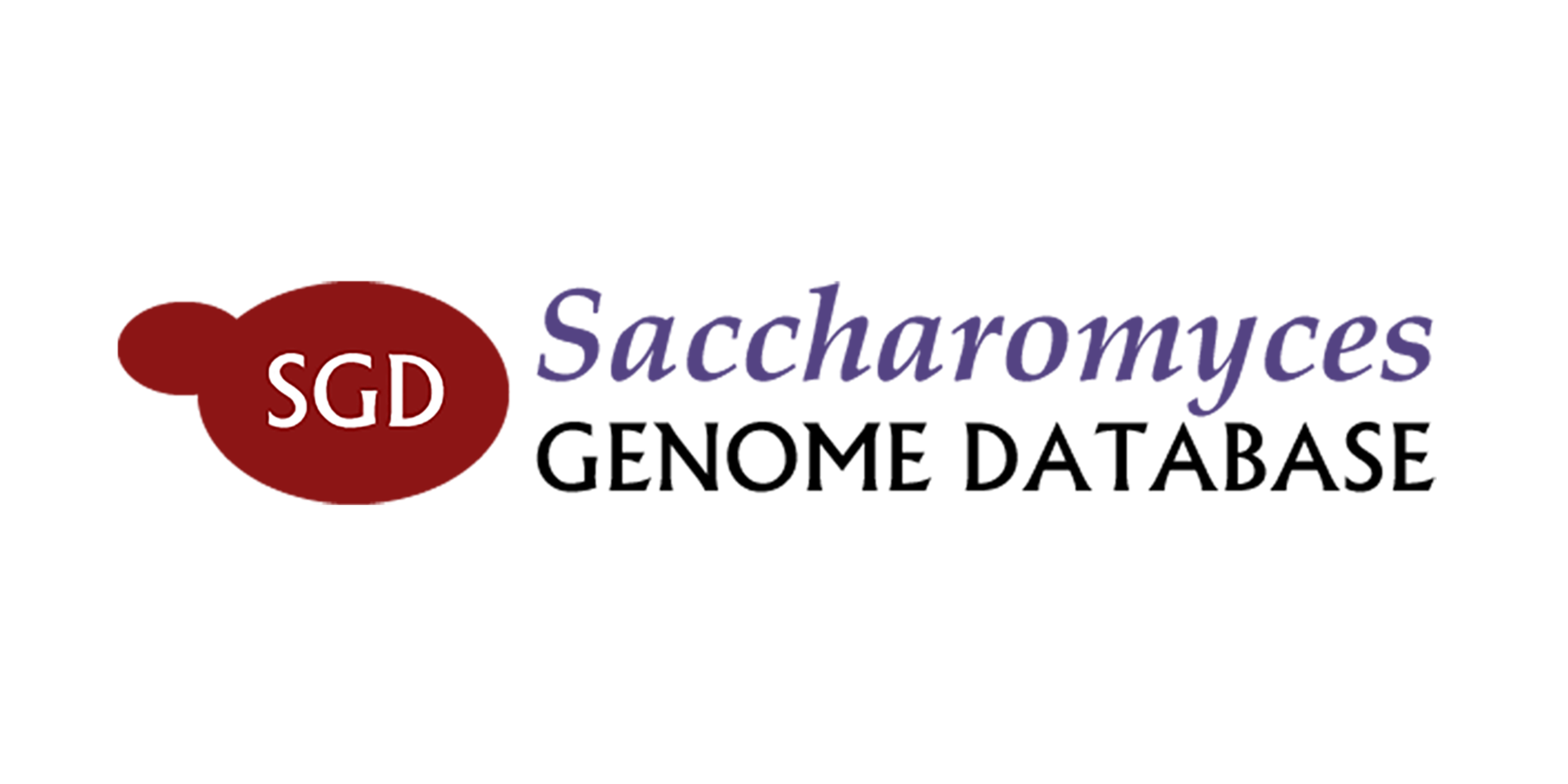Saccharomyces Genome Database (SGD) REST API wrapper. Refer to the SGD REST page for information about API usage and terms of service.
pip install sgd-restGet GO (gene ontology) details for gene ARO1.
import sgd
aro1 = sgd.gene("ARO1")
aro1.go_details.json()Easily navigate the SGD REST API with Python.
| Class | Description | Example |
|---|---|---|
locus |
Query SGD REST using locus ID. | locus("S000002534") |
gene |
Query SGD REST using gene name. | gene("ARO1") |
phenotype |
Query SGD REST using phenotype name. | phenotype("increased_chemical_compound_accumulation") |
go |
Query SGD REST using GO ID. | go("GO:0000001") |
First, instantiate an SGD class prior to working with subclasses:
import sgd
aro1 = sgd.gene("ARO1")Use the endpoints attribute to display subclasses of a class:
import sgd
print(sgd.gene.endpoints)| Class | Subclass | Description |
|---|---|---|
locus & gene |
details |
Gets basic information about a locus. |
locus & gene |
go_details |
Gets GO (gene ontology) annotations and the references used to make them. |
locus & gene |
interaction_details |
Gets interaction annotations and the references used to make them. |
locus & gene |
literature_details |
Gets references which refer to a gene, organized by subject of relevance. |
locus & gene |
neighbor_sequence_details |
Gets get sequences for neighboring loci in the strains for which they are available. |
locus & gene |
phenotype_details |
Gets phenotype annotations and the references used to make them. |
locus & gene |
posttranslational_details |
Gets posttranslational protein data. |
locus & gene |
protein_domain_details |
Gets protein domains, their sources, and their positions relative to protein sequence. |
locus & gene |
protein_experiment_details |
Gets metadata and data values for protein experiments. |
locus & gene |
regulation_details |
Gets regulation annotations and the references used to make them. |
locus & gene |
sequence_details |
Gets sequence for genomic, coding, protein, and +/- 1KB sequence. |
phenotype |
details |
Gets basic information about a phenotype. |
phenotype |
locus_details |
Gets a list of genes annotated to a phenotype with some information about the experiment and strain background. |
go |
details |
Gets basic information about a GO term. |
go |
locus_details |
Gets a list of genes annotated to a GO term. |
Use a subclass to retrieve the endpoint's response. This library utilizes the requests library, returning a requests.models.Response instance. Use this instance to define how the REST API content should be processed.
For example, for gene ARO1, get GO details as JSON and literature details as text:
import sgd
aro1 = sgd.gene("ARO1")
aro1.go_details.json()
aro1.literature_details.textJust like a subclass returns a requests.models.Response instance, the user can pass keyword arguments directly to the requests.get method during class instantiation. For example, you can add a header to prevent server-side caching and parse the locus details response as text:
import sgd
go_0000001 = sgd.go("GO:0000001", headers={"Cache-Control": "no-cache", "Pragma": "no-cache"})
go_0000001.locus_details.texturl: Gets the endpoint's URL. Available for all classes.locus_id: Gets the endpoint's locus ID. Avaialble forlocusandgeneclasses.
import sgd
tor2 = sgd.gene("TOR2")
# 1
print(tor2.url)
# >>> 'https://www.yeastgenome.org/backend/locus/S000001686'
# 2
print(tor2.locus_id)
# >>> 'S000001686'InvalidGene: An invalid gene was queried.
import sgd
from sgd.exceptions import InvalidGene
try:
bad_gene = sgd.gene("BadGene")
except InvalidGene:
print("Whoops, an invalid gene was queried.")If you are having issues or would like to propose a new feature, please use the issues tracker.
This project is licensed under the MIT license.
)


